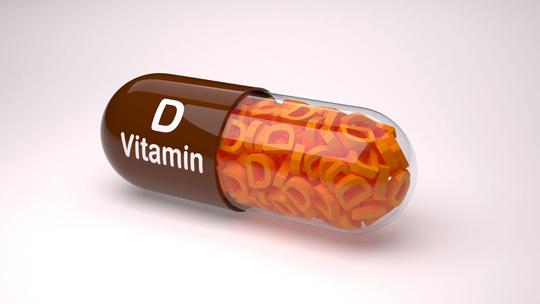You are here
Older women need bone checks to prevent fractures
By Reuters - Jun 27,2018 - Last updated at Jun 27,2018

Photo courtesy of bodyhealthinfo.com
Women 65 and older should keep getting screened for osteoporosis, or porous, fragile bones that are prone to fractures, US doctors recommend.
Some younger women who have an increased risk of osteoporosis might also benefit from bone tests, according to guidelines released today from the US Preventive Services Task Force. This might include smokers, women who drink excessively, and women who are underweight or have a parent who has fractured a hip.
“Since many people don’t know they have osteoporosis until they have a fracture, screening gives us a chance to prevent these fractures from happening,” said task force member Chien-Wen Tseng of the University of Hawaii John A. Burns School of Medicine in Honolulu.
In women, reduced oestrogen production during menopause and afterward can slow production of new bone tissues. Over time, this process increases their risk of osteoporosis.
There still is not enough evidence to say exactly which younger women need bone tests or to say for sure whether men would also benefit from osteoporosis screenings, the task force notes in guidelines published in JAMA that are in line with previous recommendations from 2011.
“Most studies on screening and treatment have focused on women since the highest risk factors are being female, older, and having gone through menopause,” Tseng said by e-mail. “Thus, the task Force found good evidence that screening and treatment of osteoporosis prevents fractures in women.”
“In men, we know we can screen accurately for osteoporosis,” Tseng said. “However, there are fewer studies in men... so we do not know if treating men for osteoporosis would prevent fractures.”
Also, it’s unclear if drugs that work in women might also be effective in men, Tseng noted.
By 2020, approximately 12 million adults 50 and older in the US alone are expected to have osteoporosis, the task force notes. Fractures caused by osteoporosis can cause chronic pain and disability.
Because changes in bone mineral density happen slowly in most women, doctors do not always agree on the ideal time to do bone tests or how often to repeat them.
Women go through menopause when they stop menstruating, typically between ages 45 and 55 but sometimes earlier or later.
“We don’t have conclusive evidence showing when postmenopausal women should start screening, or whether a list of risk factors works better than age alone to identify women under age 65 who should have a bone density test,” said Margaret Gourlay of the University of North Carolina at Chapel Hill, author of an accompanying editorial.
“I hope the task force can do a formal analysis of those issues later,” Gourlay said by e-mail. “If age works as well as a long list of risk factors, doctors should order bone density tests for postmenopausal women based on age alone, similar to how screening tests for cancer are ordered.”
When tests do show osteoporosis, women are most often treated with medicines known as bisphosphonates, which work by slowing down how fast the body removes old bone, allowing time to regrow bone and make fractures less likely. This family of drugs includes Fosamax (alendronate sodium), Actonel (risedronate sodium) and Boniva (ibandronate sodium).
These medicines can cause nausea and abdominal pain, as well as rare but more serious side effects like cracks in the thighbone or damage to the jawbone. Alternative treatments include oestrogen or two injected medicines, denosumab and teriparatide.
Even though the task force stopped short of recommending tests for men, there is already evidence that bone tests can accurately identify men who have a high risk of fractures, said Jane Cauley of the University of Pittsburgh, author of a separate editorial.
Male smokers, for example, have a higher risk of osteoporosis than other men, and some previous research suggests they might benefit from screening and treatment approaches similar to those applied to older women.
“Low bone mineral density predicts fractures in men,” Cauley said by e-mail. “The relationship is even stronger in men compared to women.”
Related Articles
Older women who are under a lot of social strain may be more likely to develop brittle, fracture-prone bones after menopause than their coun
Vitamin D supplementation may not improve bone density or prevent fractures and falls in adults, a large new analysis suggests. After c
AMMAN — Jordan’s stability has entitled it to host the eighth Pan Arab Osteoporosis Society Congress, which will start on Wednesday, said th

















